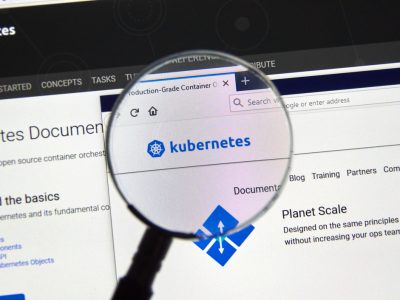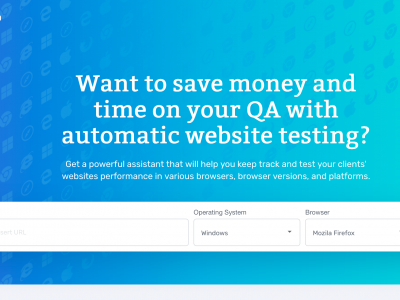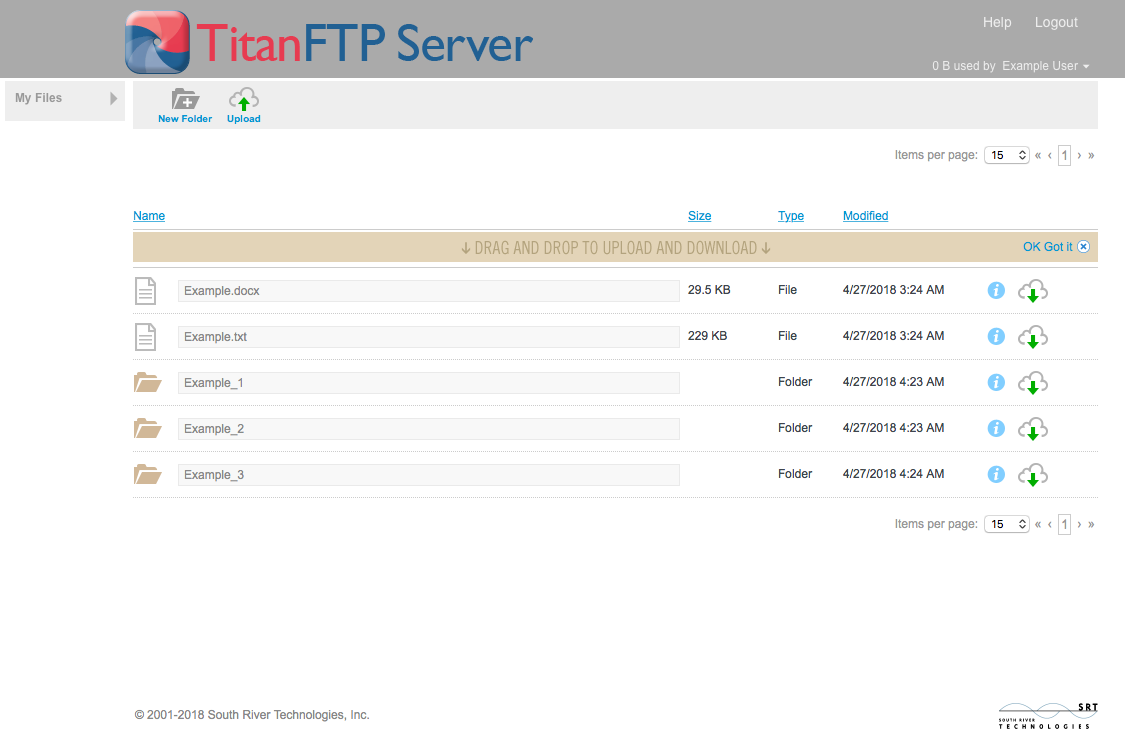
Search engine giant, Google seems to be on a roller coaster ride these days. With its next Big Thing, Google TV getting ready for launch and the company’s acquiring various start-ups, Google is surely hitting up for big time goals.
Recently, the search giant, Google introduced a totally new image format which will help in increasing the performance of websites. WebP is the name of the new image format and is pronounced as “Weppy”. According to the claims by Google, WebP will reduce the file sizes of the images by almost 40 percent.
According to the researchers at Google, images which the users see on the website make up almost 65 percent of the total bytes that are transmitted per Webpage. The new format WebP was basically designed to improve the image compression that was previously offered by the widely used image format lossy JPEG.
Google has also developed a site for all the users and the Web Developers so that all the users can visit this site to assess the performance of this particular image format. The images that are shown on this website show JPEG images and WebP images side-by-side for a clear and concise differentiation between both the formats. The amazing thing is that WebP images are 40-50 percent less in size but apparently they look same to the human eye; it means that in spite of being lesser in file size there is no substantial difference in JPEG and WebP format.
This WebP format has emerged at a time when Google has clearly warned the developer’s community of Web that the company has started to rely on the factor, loading speed as a permanent part of its criteria upon which it ranks the sites in the search results. WebP is among loads of other tools that Google has released to help developers speed up their sites.
So, how did Google manage to trim down the file size of the images? Well, Google has used an image compressor which is based on VP8 codec which Google open-sourced in May 2010. Google tested VP8 based format by picking up randomly thousands of images from the Web mostly of which were JPEGs and then re-encoded them to WebP.
According to Google, result of re-encoding was a reduction in file size of about 39 percent with no concession on the visual excellence of the image. Google is also planning to release a conversion tool by which the users can convert any other format image to WebP format.
Well, it is very much evident that the success of Google WebP format will depend upon the developer’s community. Rob Enderle who is a principal Analyst at Enderle Group told a tech blog that Google has emerged as force of nature in the realm of internet. Anyone who is near to their mega statute is Microsoft and Microsoft is not a major power as far as internet images are concerned. The factor which will make WebP a success is the degree of unhappiness of internet users with the site speed.










Comments